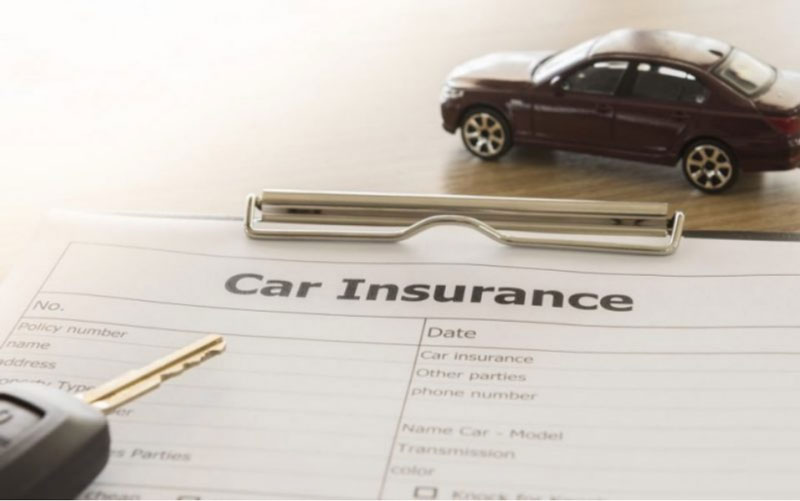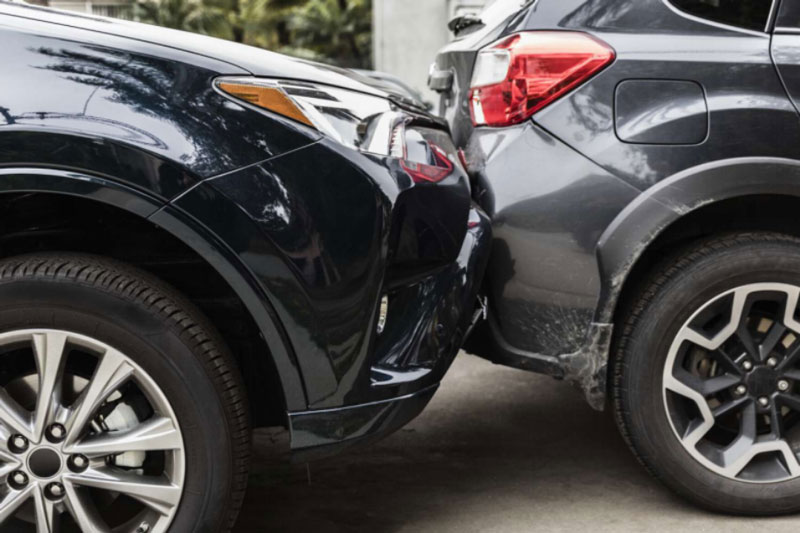How to Analyze Your Car Insurance Coverage?
Nov 11, 2022 By Susan Kelly
Different forms of car insurance coverage are included in auto insurance policies, some of which are mandated by law or necessary for leased or financed vehicles. Others are not required. The declaration page of your policy, often the first page, contains all this information. Make sure all of the information is right by carefully reading it. A deductible is a sum you must pay before your insurer contributes anything toward your claim for certain types of coverage. Even though it may seem tedious, it's crucial to check and maybe adjust these limitations and deductibles from time to time, especially before renewing your policy or transferring to a new insurer.
Liability Protection
 Your bodily injury liability coverage for car insurance coverage will cover the other driver's and their passengers' medical costs if you are found to be at fault in a collision. Likewise, the other driver's car will be fixed thanks to your property damage liability insurance. The limitations for both types of liability insurance are up to you. For instance, your policy might pay up to $50,000 in physical injury claims per accident and $25,000 in property claim payments. You are responsible for any additional costs if the costs of an accident are higher than the policy's limits. According to state regulations, car owners must purchase a minimum level of bodily injury and property damage liability insurance.
Your bodily injury liability coverage for car insurance coverage will cover the other driver's and their passengers' medical costs if you are found to be at fault in a collision. Likewise, the other driver's car will be fixed thanks to your property damage liability insurance. The limitations for both types of liability insurance are up to you. For instance, your policy might pay up to $50,000 in physical injury claims per accident and $25,000 in property claim payments. You are responsible for any additional costs if the costs of an accident are higher than the policy's limits. According to state regulations, car owners must purchase a minimum level of bodily injury and property damage liability insurance.
For instance, California mandates that drivers carry $5,000 in personal property liability coverage in addition to at least $15,000 in bodily injury liability coverage per person and $30,000 per accident. However, the minimum required liability coverage may not offer all the security you need. According to the U.S. Centers for Medicare and Medicaid Services, a three-day hospital stay typically costs around $30,000. The minimum levels won't offer adequate financial security if you're at fault for an accident resulting in catastrophic injuries or property damage. You might consider expanding your coverage to between $100,000 and $300,000 if your policy offers minimal liability limits.
Physical Damage
 Your car is covered by comprehensive collision car insurance coverage. Collision insurance pays to repair or replace your car after a collision with another vehicle or something else, such as a utility pole. Additionally, it protects you if your automobile flips over or if a pothole causes damage to you. In addition to covering non-collision damages from falling items, fires, floods, storms, vandalism, and wild animals like deer, comprehensive coverage also pays to replace stolen automobiles. You are not required by state law to maintain collision or comprehensive insurance. However, the lender or leasing company will insist that you purchase both types of coverage if you finance or lease an automobile.
Your car is covered by comprehensive collision car insurance coverage. Collision insurance pays to repair or replace your car after a collision with another vehicle or something else, such as a utility pole. Additionally, it protects you if your automobile flips over or if a pothole causes damage to you. In addition to covering non-collision damages from falling items, fires, floods, storms, vandalism, and wild animals like deer, comprehensive coverage also pays to replace stolen automobiles. You are not required by state law to maintain collision or comprehensive insurance. However, the lender or leasing company will insist that you purchase both types of coverage if you finance or lease an automobile.
You will be able to cancel these forms of coverage once your car has been paid off. However, you should first consider whether you could afford to buy a new vehicle if your current one were to be stolen or damaged. It makes financial sense to maintain the coverage if your car has a $5,000 market value and your collision insurance has a $500 deductible. However, if the vehicle is only worth $1,000, the value of collision coverage is probably outweighed by the insurance cost. If your automobile still has a few thousand dollars in market worth, comprehensive coverage is an excellent deal because it costs less than collision insurance—on average, $134 per year.
Medical Coverage
After an accident that is covered, medical payments coverage, sometimes referred to as "med pay," aids in protecting your and your passengers' medical costs. Only Maine, Pennsylvania, and New Hampshire have laws requiring medical insurance. While drivers in other states are not required to purchase medical coverage, insurance companies are required to offer it. If you can prove that you have the financial means to cover accident-related damages, you are not obliged to purchase auto insurance in New Hampshire. You must buy medical coverage if you have motor insurance. Even if you have health insurance, medical protection might offer valuable security. Medical coverage covers various medical-related costs.
Deductibles
The collision and comprehensive insurance policies have deductibles. The deductible is the sum you must pay after a covered loss. Usually, it's a flat sum rather than a percentage. For instance, if your automobile is damaged for $2,500 and you have a $1,000 collision deductible, the carrier will only pay a maximum settlement of $1,500. Lowering your deductible will cut the cost of your insurance. Your deductible shouldn't be set too high; instead, it should be at a level you can afford to pay out of pocket. You can frequently choose different collision and comprehensive deductibles with insurance companies. To get the most benefit for relatively minor claims, such as a damaged windshield, choose a lower comprehensive deductible since comprehensive coverage is often more reasonable than collision insurance.








